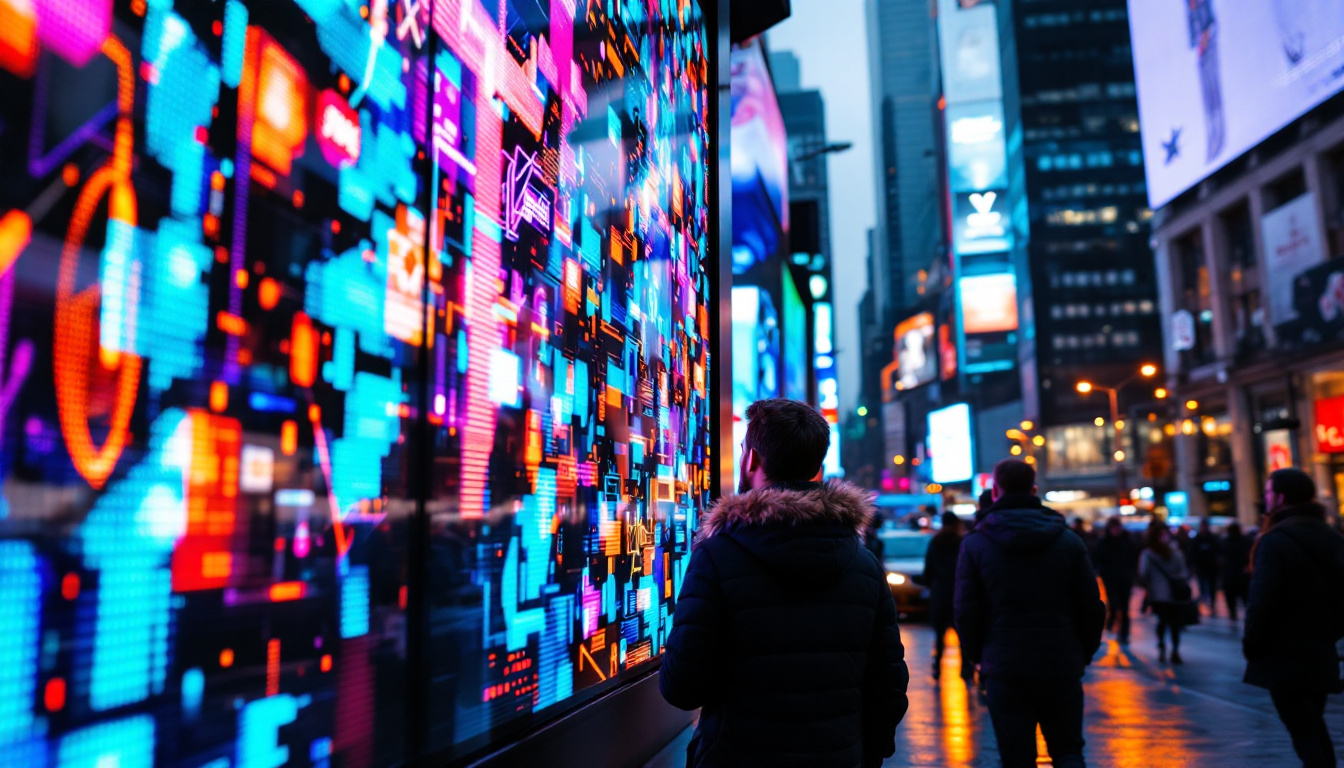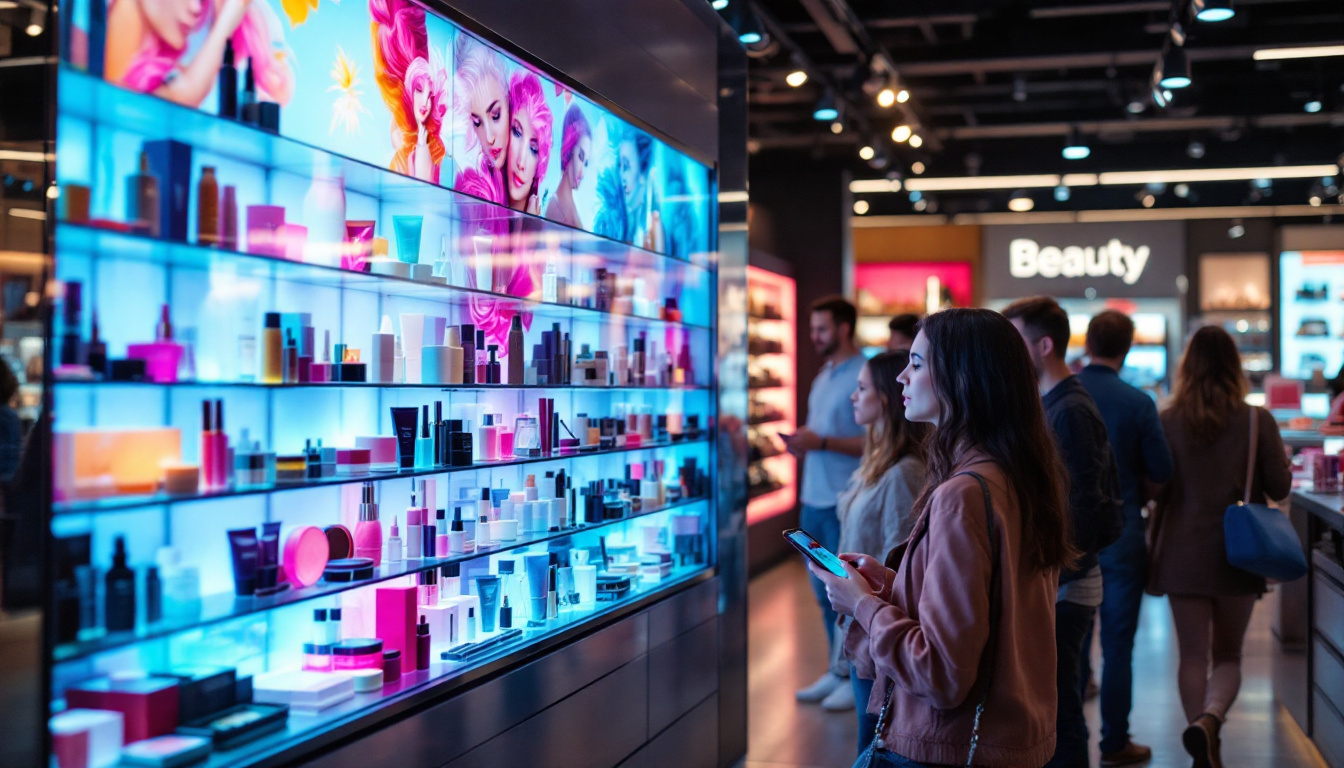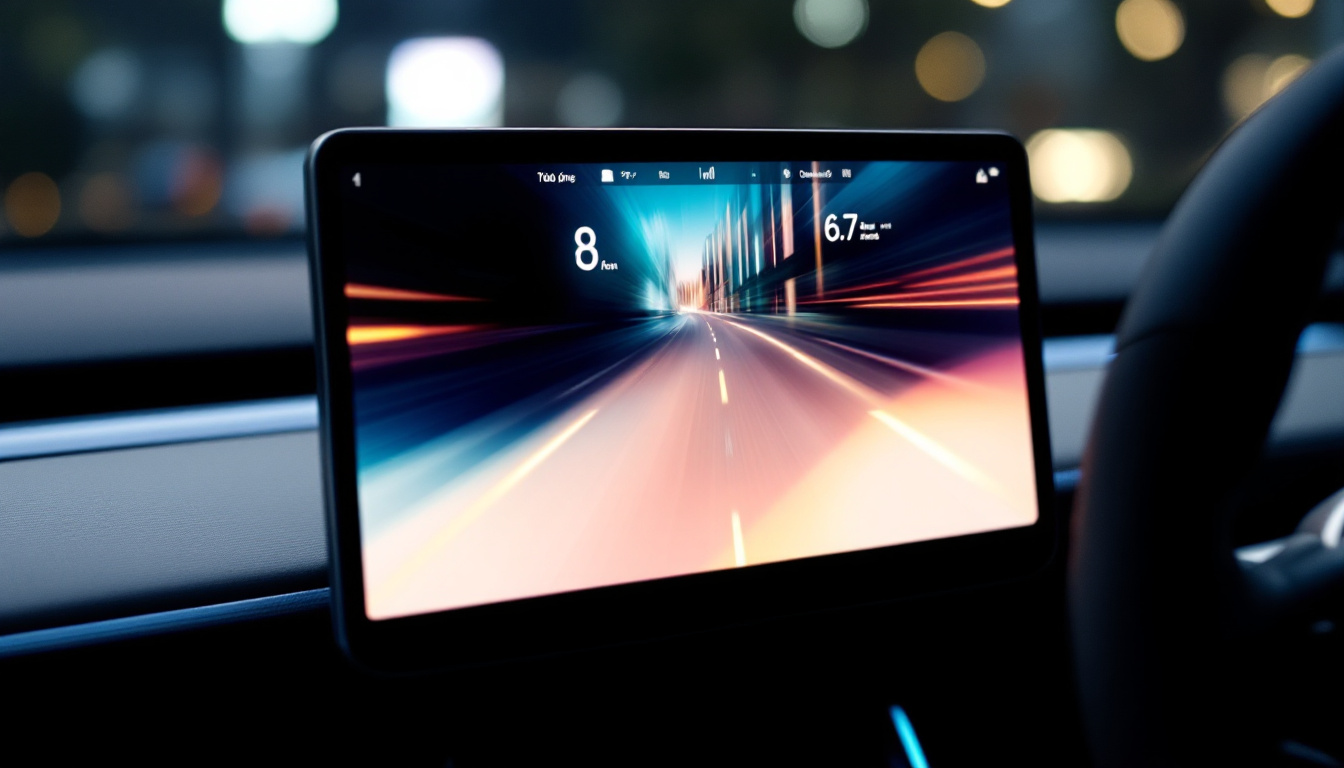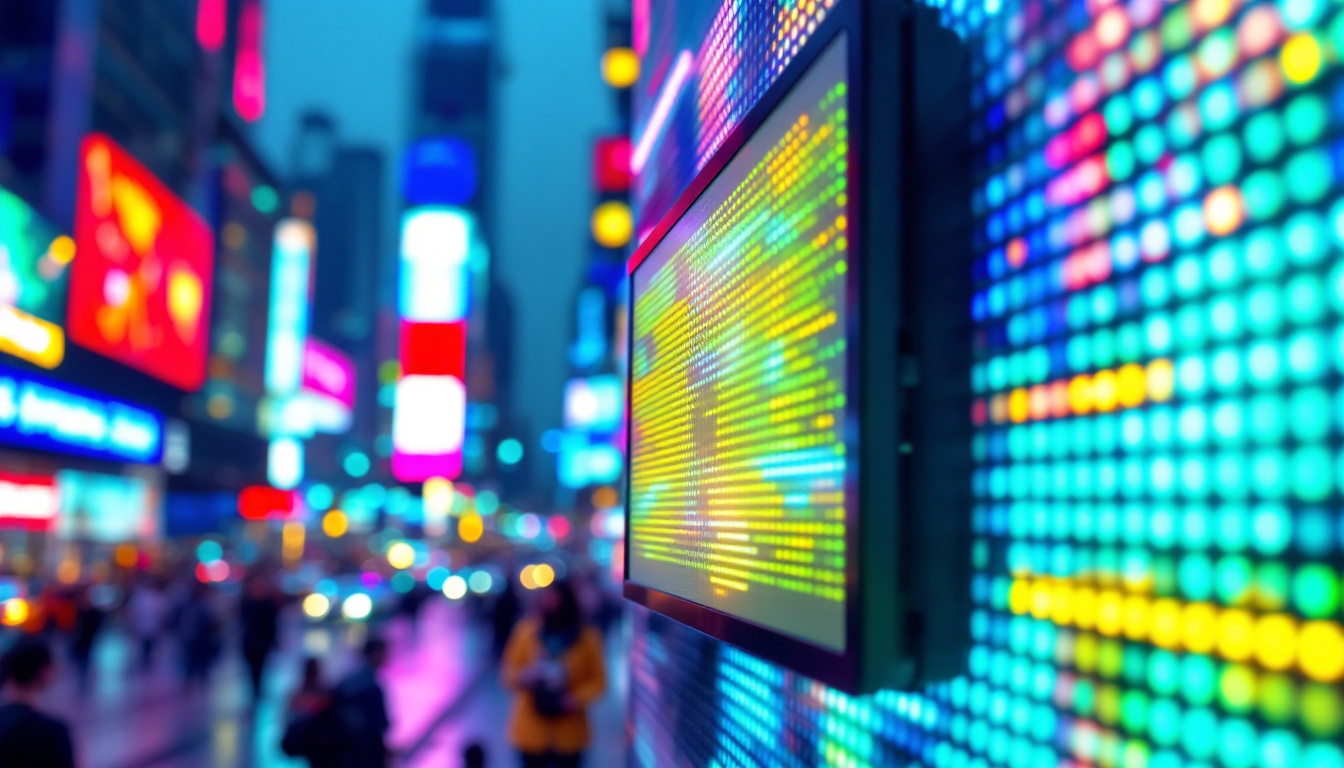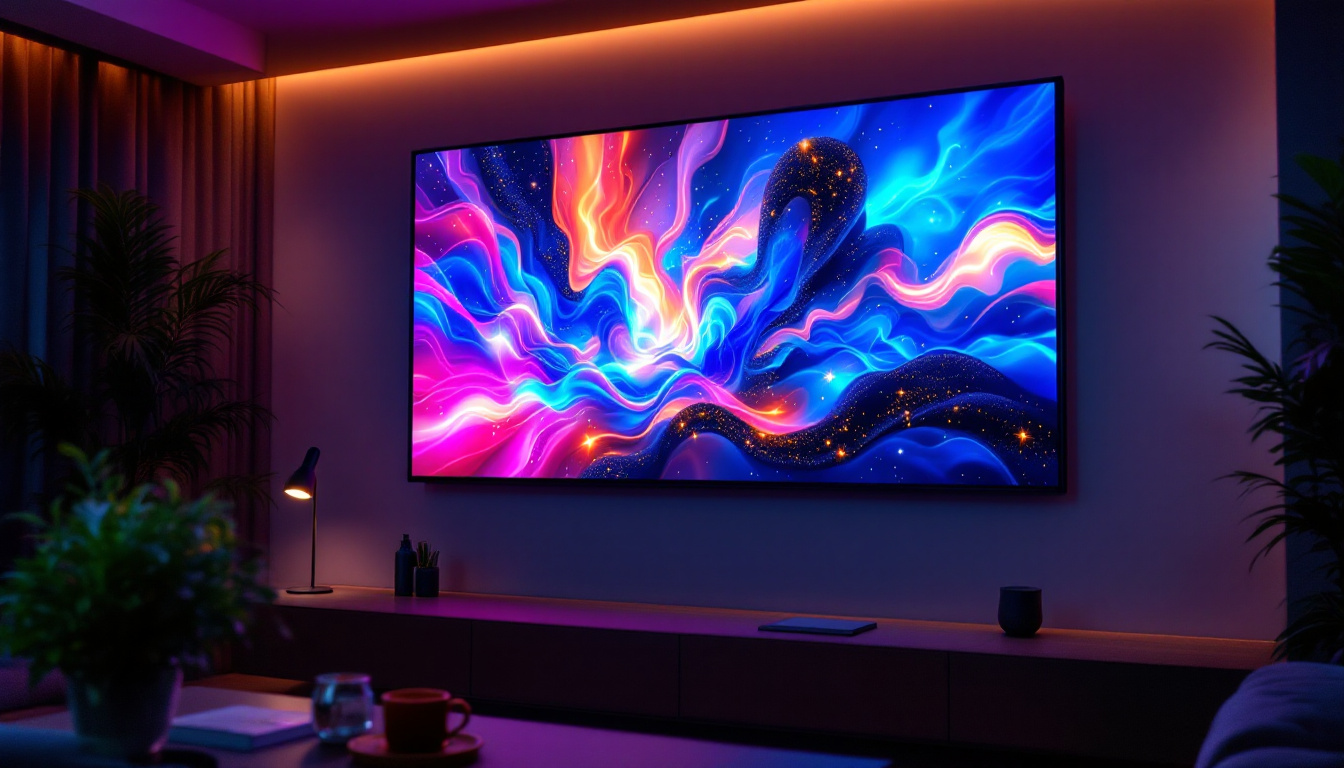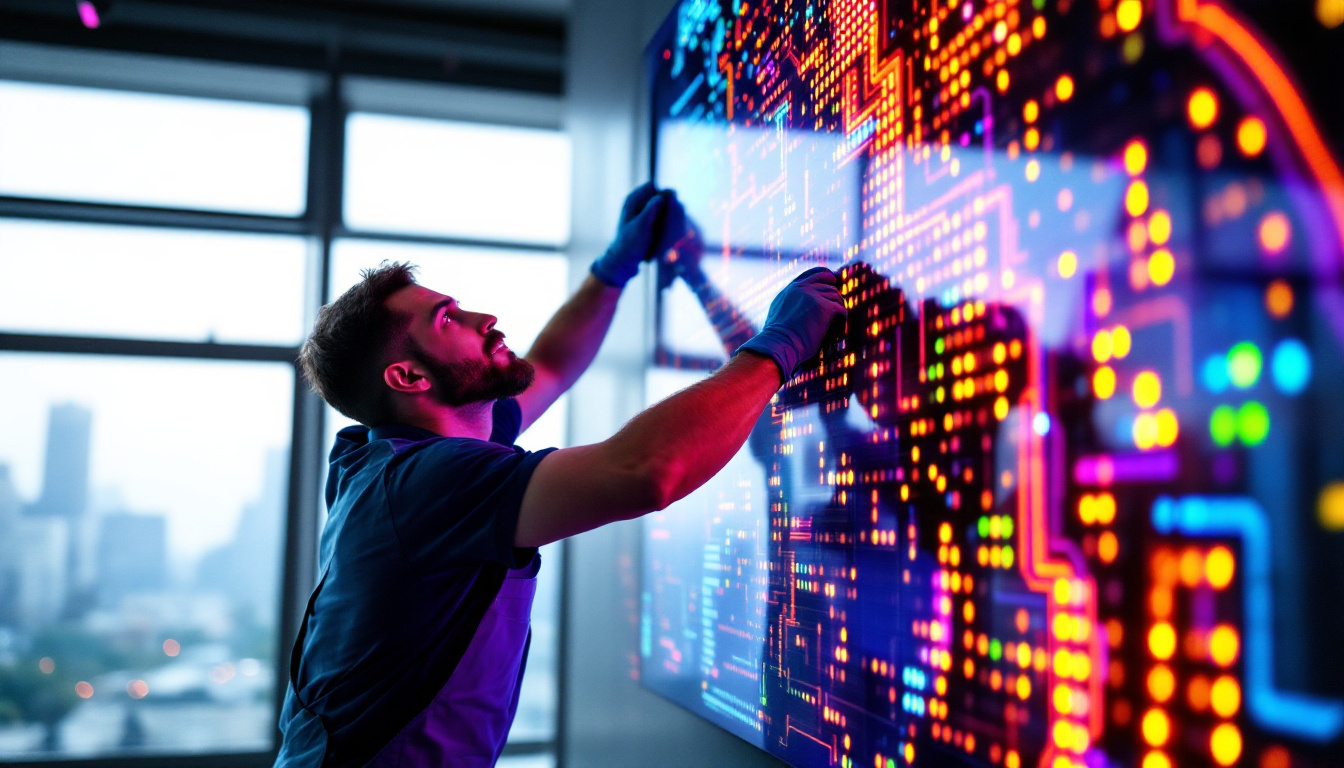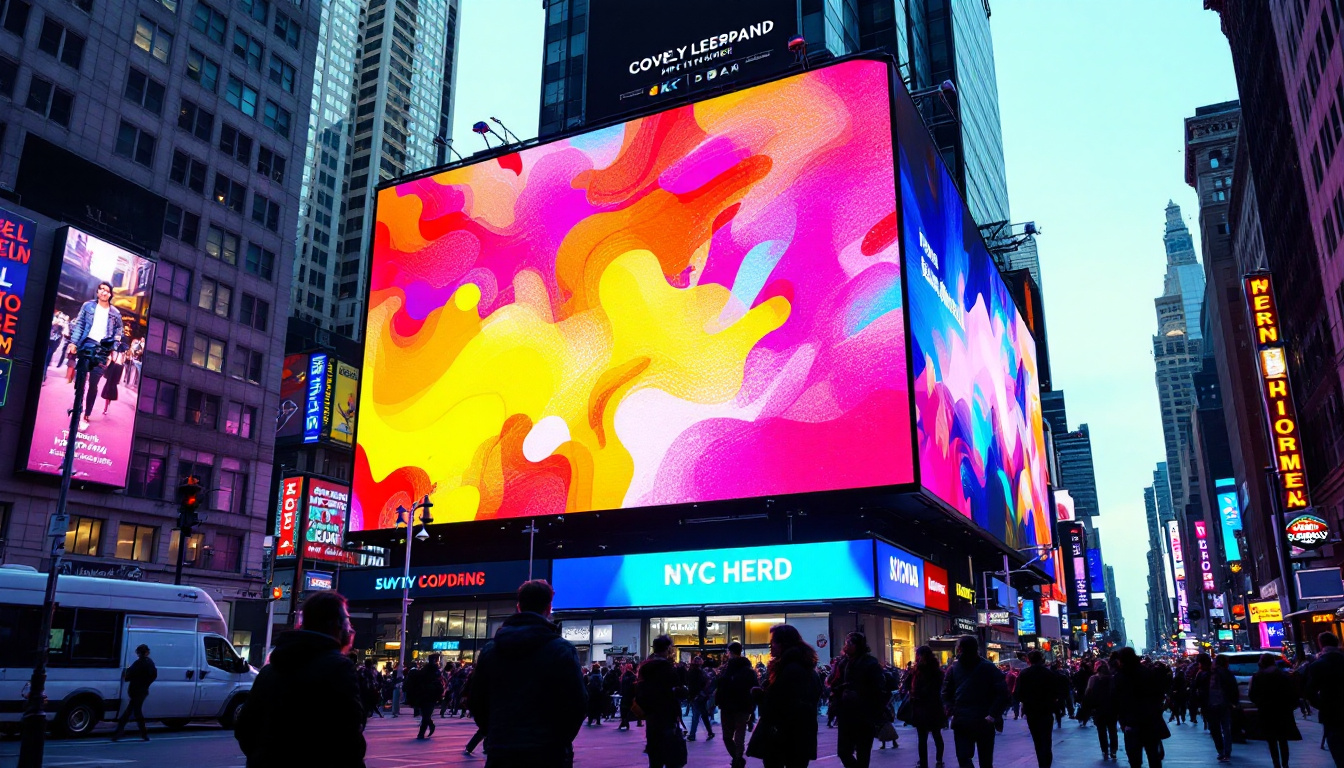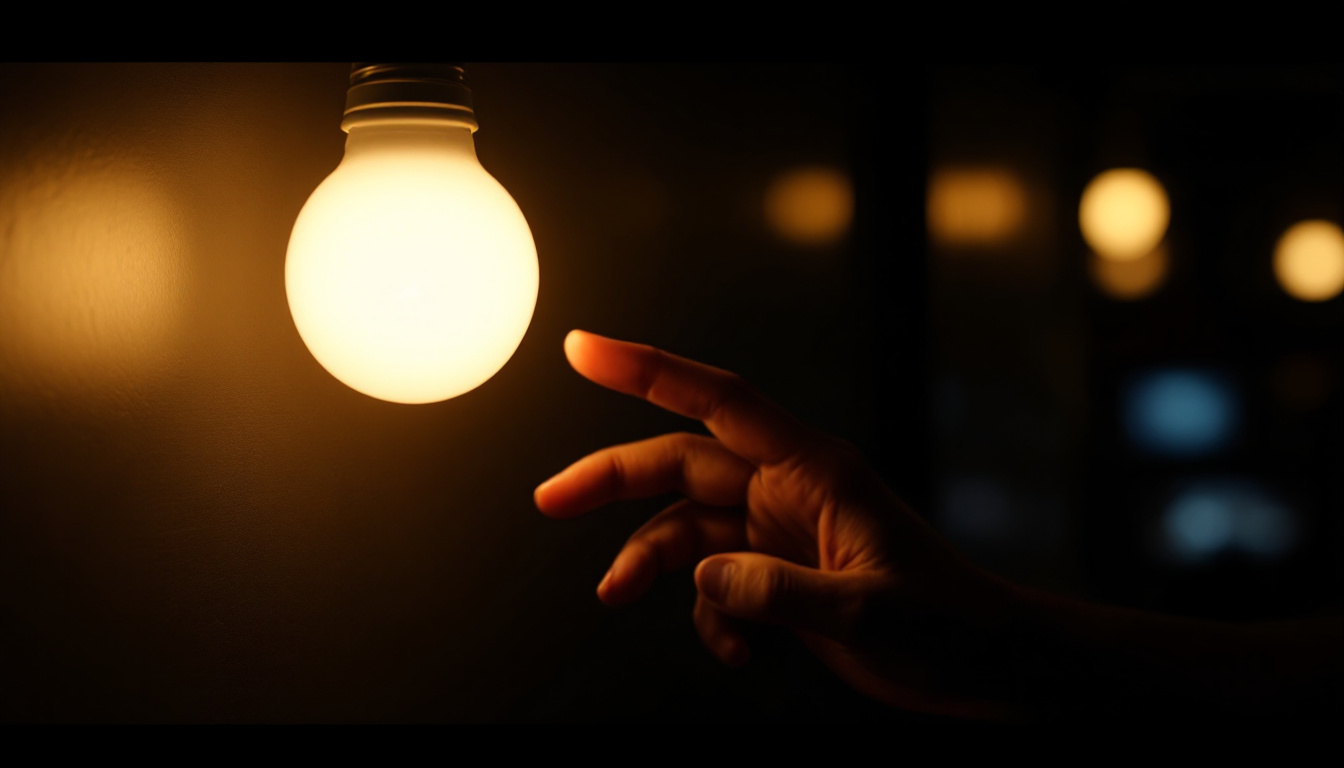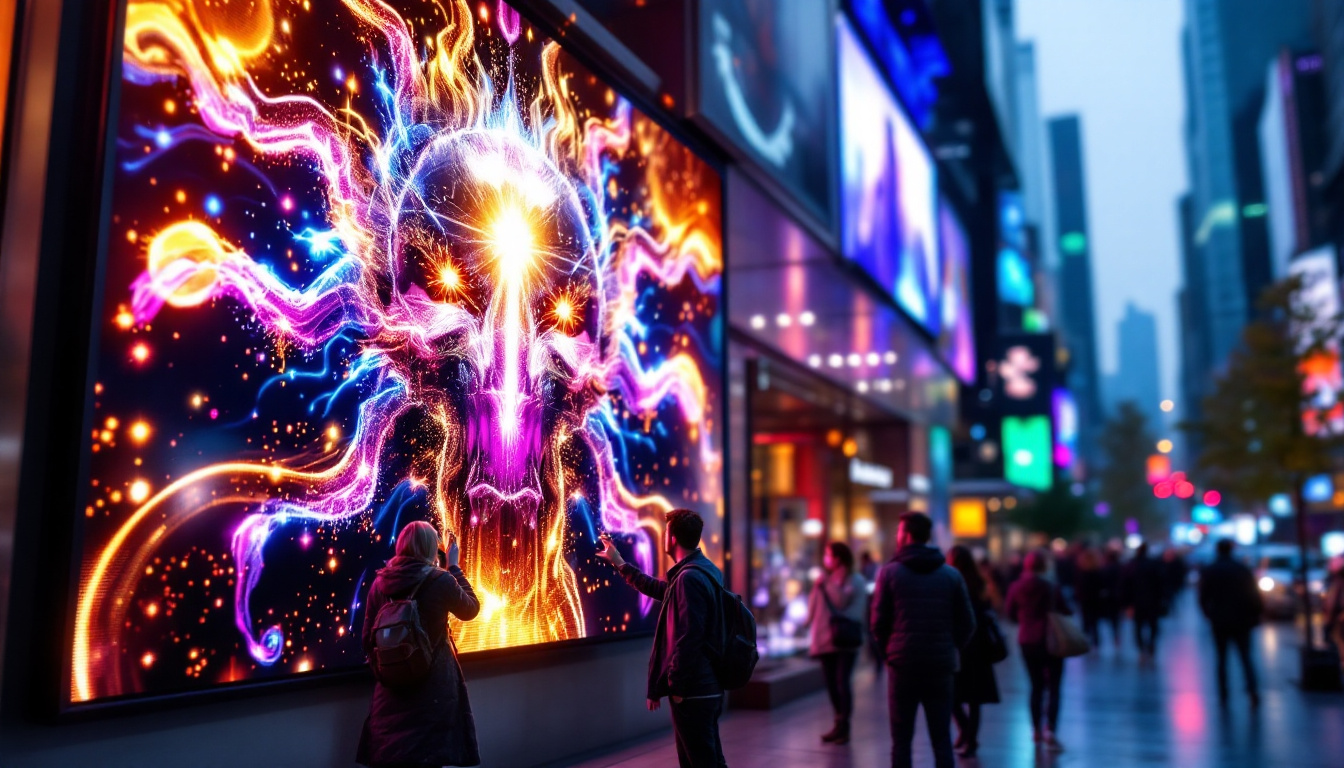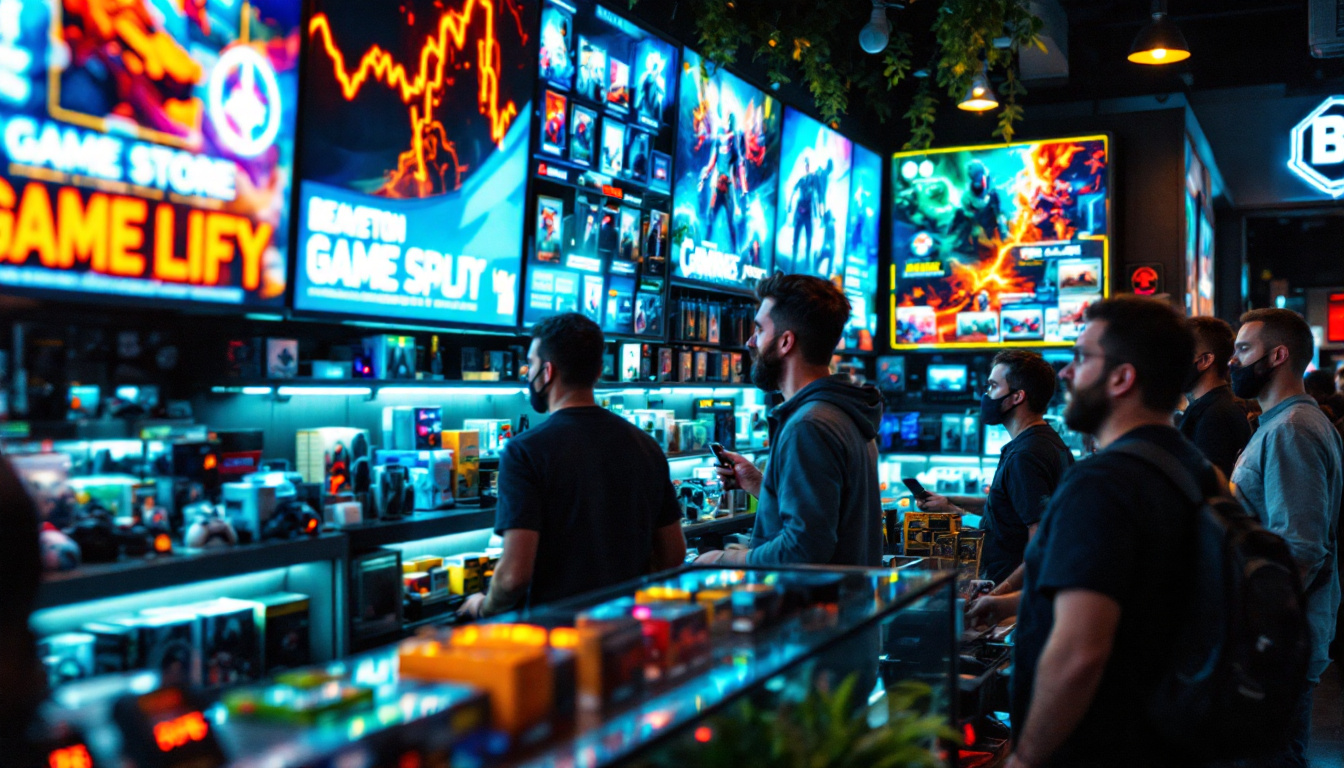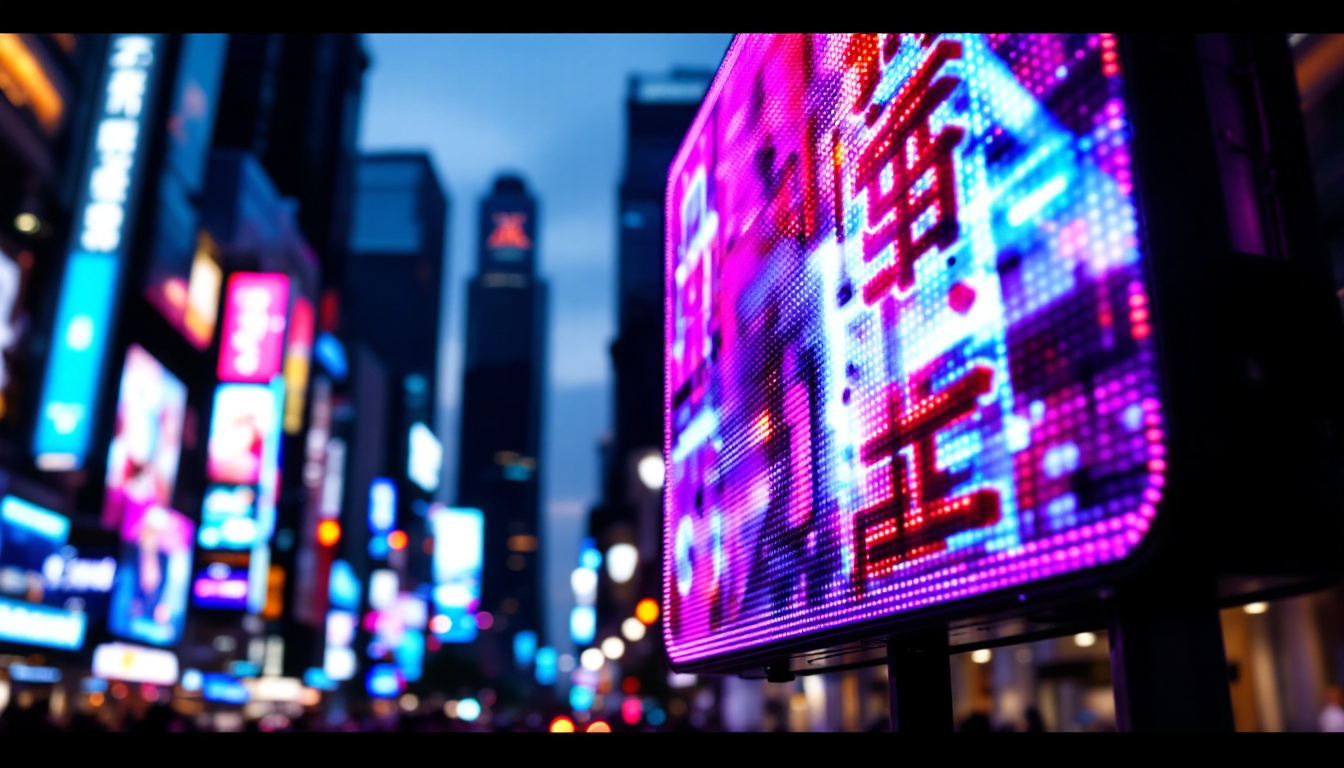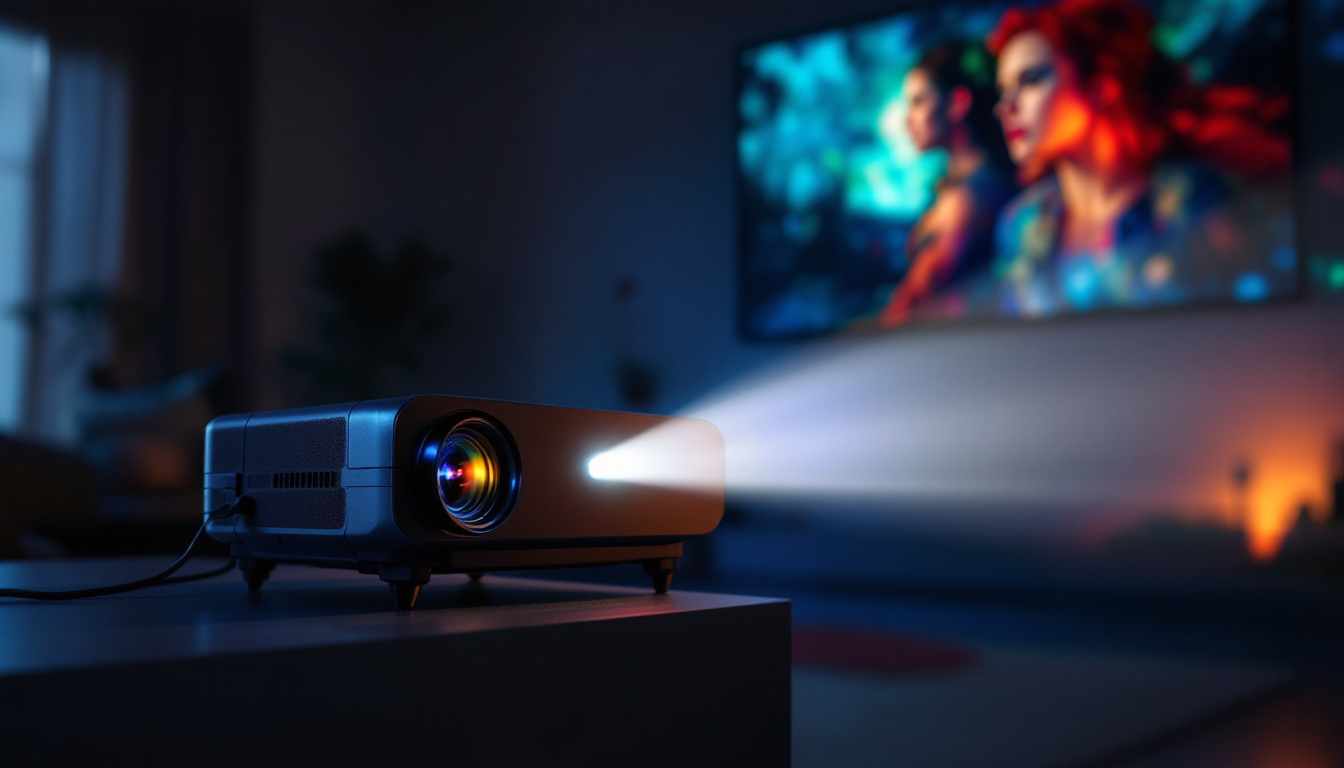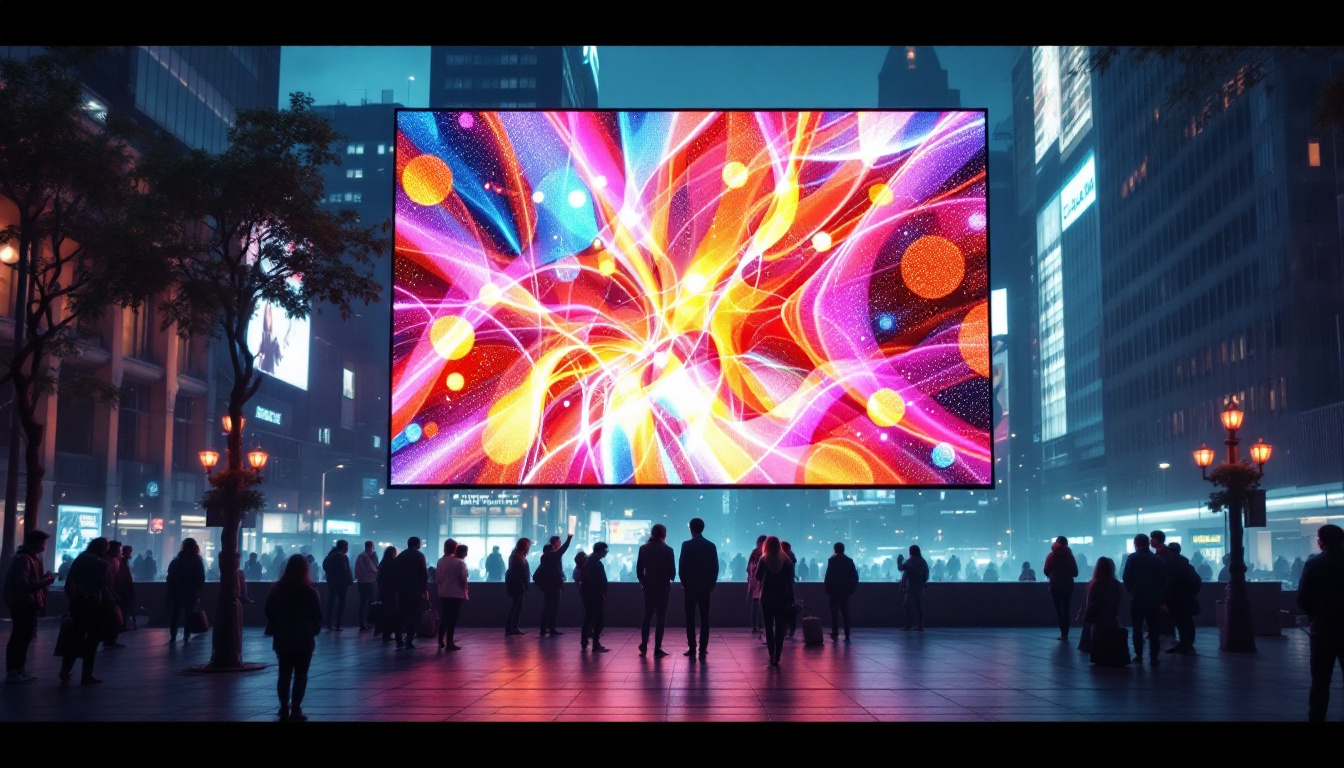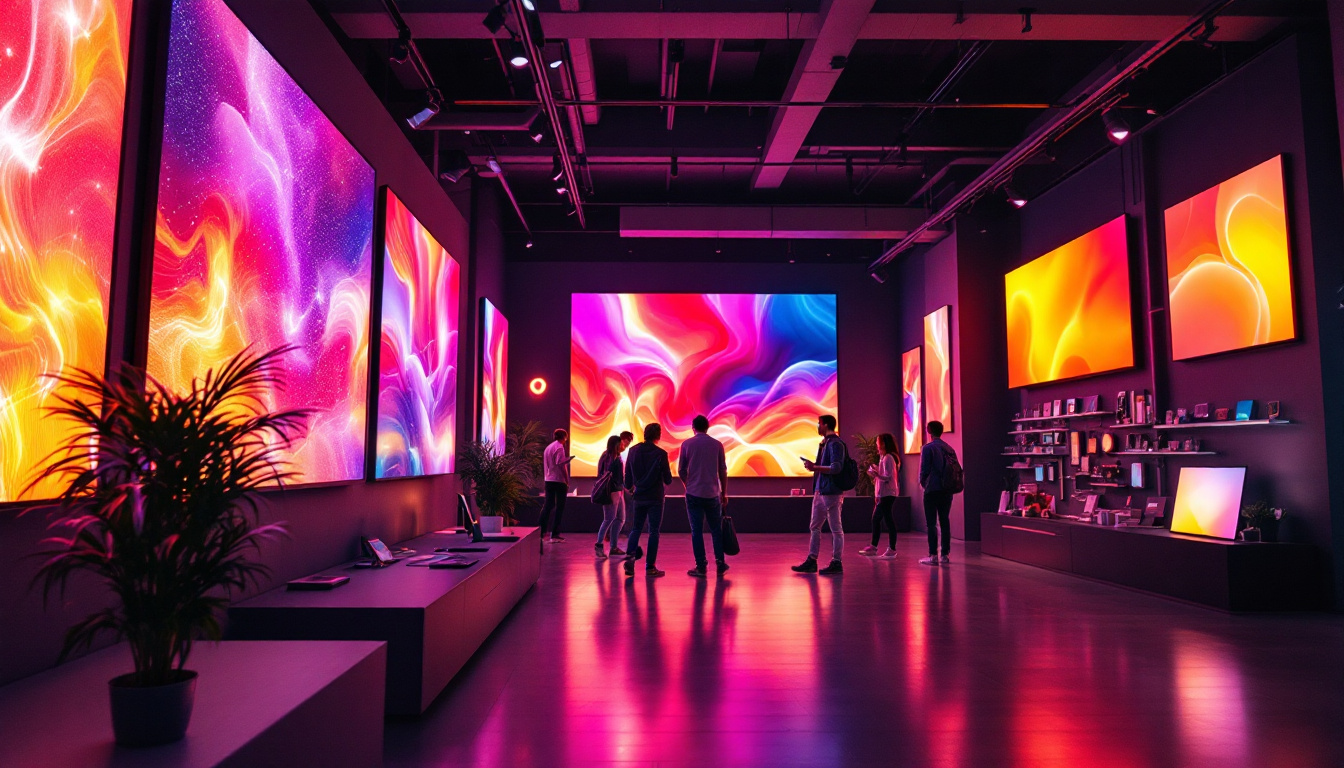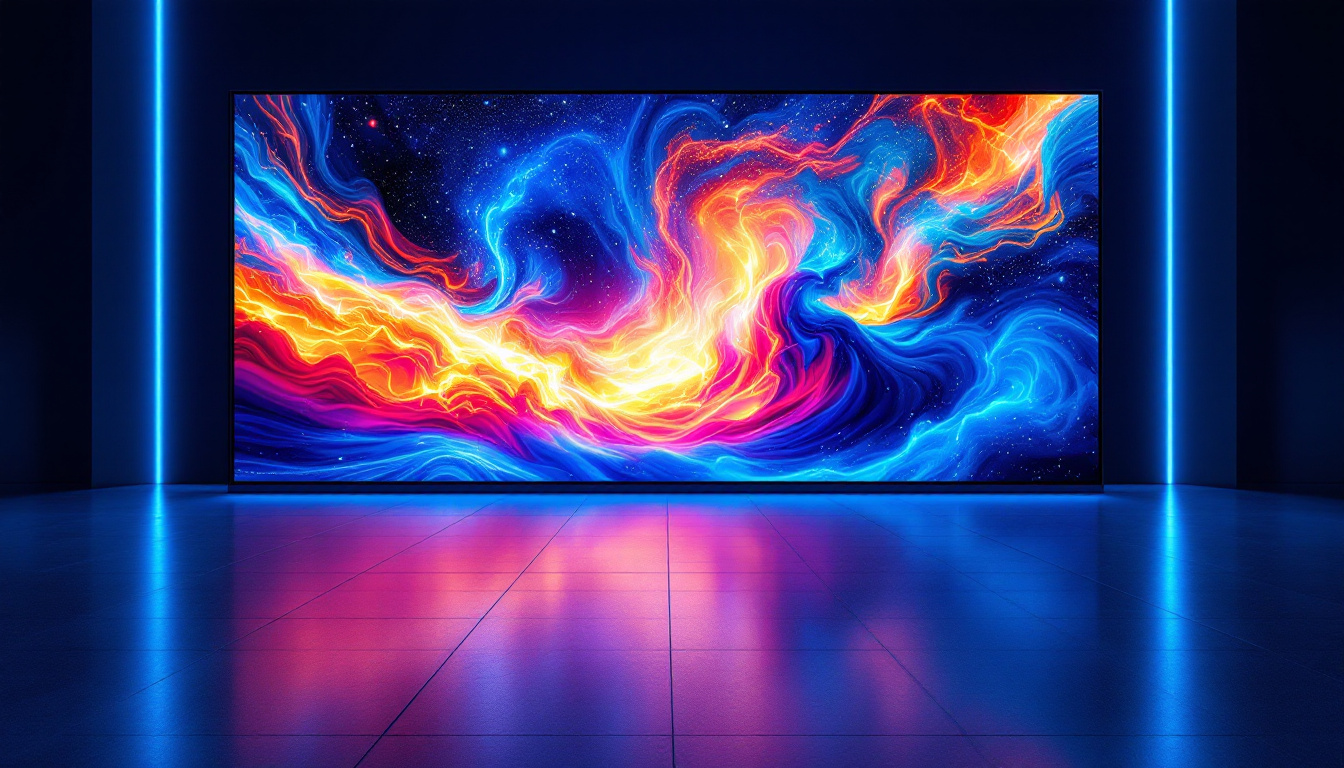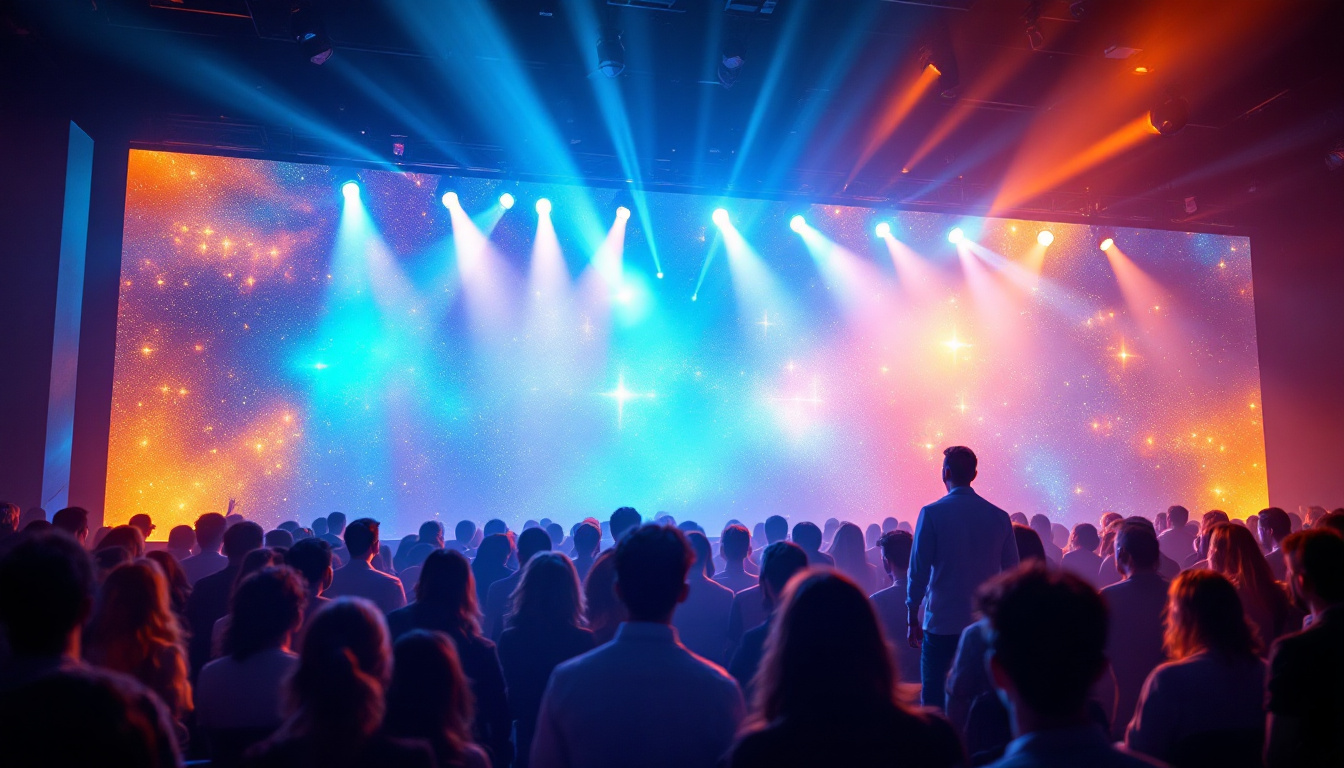In the modern world, the use of LED displays has become ubiquitous, particularly in outdoor settings. These vibrant screens are not only eye-catching but also versatile, serving a multitude of purposes from advertising to public announcements. This article delves into the intricacies of outdoor LED displays, exploring their technology, applications, benefits, and future trends.
Understanding LED Technology
LED, or Light Emitting Diode, technology has revolutionized the way visual information is presented. Unlike traditional display technologies, LED displays utilize semiconductor materials to emit light when an electric current passes through them. This fundamental difference results in several advantages, including energy efficiency, brightness, and longevity. The impact of LED technology extends beyond mere visual appeal; it has also contributed to significant reductions in energy consumption, making it a more environmentally friendly option compared to older technologies like incandescent and fluorescent lighting.
How LED Displays Work
At the core of an LED display are tiny diodes that emit light in various colors. When these diodes are arranged in a grid, they can create images and videos by controlling the intensity of light emitted from each diode. The color and brightness are achieved by mixing red, green, and blue (RGB) lights, allowing for a broad spectrum of colors to be displayed. This RGB combination is crucial for achieving high-quality visuals, as it enables the display to reproduce vibrant images and smooth gradients, which are essential for applications ranging from advertising to entertainment.
The technology behind LED displays has evolved significantly. Modern outdoor LED displays are designed to withstand various environmental conditions, making them suitable for all weather types. They are typically encased in durable materials that protect the internal components from moisture, dust, and extreme temperatures. Additionally, advancements in LED technology have led to improved thermal management systems that prevent overheating, thereby enhancing the lifespan and reliability of the displays. This resilience is particularly important for outdoor installations, where exposure to the elements can pose a significant risk to performance.
Types of LED Displays
Outdoor LED displays come in various types, each designed for specific applications. The most common types include:
- Fixed LED Displays: These are stationary screens used for permanent installations, such as billboards or building facades. Their high brightness and visibility make them ideal for advertising in bustling urban environments.
- Mobile LED Displays: These are mounted on trailers or trucks, allowing for easy transport and setup at events or festivals. Their flexibility makes them perfect for reaching diverse audiences in different locations.
- Rental LED Displays: Designed for temporary use, these displays are often used at concerts, exhibitions, and sporting events. They can be quickly assembled and disassembled, providing a dynamic solution for event organizers who require high-impact visuals without the need for permanent installations.
In addition to these common types, there are also specialized LED displays, such as transparent LED screens that allow for visibility through the display itself, making them ideal for retail environments where product visibility is crucial. Furthermore, advancements in pixel pitch technology have led to higher resolution displays, enabling even finer detail and clarity in images, which is particularly beneficial for close-range viewing scenarios. This versatility and continuous innovation ensure that LED technology remains at the forefront of visual display solutions across various industries.
Applications of Outdoor LED Displays
The versatility of outdoor LED displays allows them to be used in a variety of settings. Their applications can be categorized into several key areas:
Advertising and Marketing
One of the most prominent uses of outdoor LED displays is in advertising. Businesses utilize these screens to showcase their products and services in high-traffic areas. The dynamic nature of LED displays allows for eye-catching animations and videos that can capture the attention of passersby, leading to increased brand visibility and engagement. Additionally, the ability to change advertisements frequently means that businesses can tailor their messages to specific audiences or events, maximizing their marketing impact. For instance, a restaurant might promote a lunch special during the day and switch to dinner offerings in the evening, ensuring that the content remains relevant to potential customers.
Public Information and Announcements
Outdoor LED displays are also widely used by municipalities and organizations to convey important public information. This includes traffic updates, emergency alerts, event announcements, and community messages. The ability to update content in real-time ensures that the information is current and relevant, enhancing public safety and awareness. Furthermore, these displays can be programmed to show multiple languages, making them accessible to diverse populations in urban areas. For example, during a natural disaster, LED screens can provide crucial evacuation information in various languages, ensuring that all community members receive the necessary guidance to stay safe.
Entertainment and Events
In the entertainment industry, outdoor LED displays play a crucial role in enhancing the audience experience. Concerts, festivals, and sporting events often feature large LED screens that provide live feeds, replays, and visual effects. These displays help create an immersive atmosphere, allowing audiences to engage more fully with the event. Beyond just visuals, LED screens can also be integrated with sound systems to synchronize audio and video, creating a cohesive experience that captivates attendees. For example, during a music festival, the LED displays can be used to project artist visuals and graphics that complement the live performances, further enriching the sensory experience. Additionally, interactive elements can be incorporated, allowing fans to participate through social media or mobile apps, which can be showcased on the big screen, fostering a sense of community and involvement among the audience.
Benefits of Outdoor LED Displays
The advantages of using outdoor LED displays extend beyond their visual appeal. Here are some key benefits that make them a preferred choice for many applications:
Energy Efficiency
One of the standout features of LED technology is its energy efficiency. Compared to traditional lighting options, LED displays consume significantly less power while providing higher brightness levels. This not only reduces operational costs but also contributes to environmental sustainability. Moreover, many outdoor LED displays come equipped with smart technology that adjusts brightness based on ambient light conditions, further optimizing energy use and enhancing performance.
High Visibility
Outdoor LED displays are designed to be visible in various lighting conditions. Their high brightness levels ensure that content remains clear and legible, even in direct sunlight. This makes them ideal for outdoor advertising, where visibility is crucial for capturing the attention of potential customers. In addition, the vibrant colors and sharp contrast of LED screens can create eye-catching visuals that are more likely to engage viewers, leading to increased brand awareness and recall.
Longevity and Durability
LED displays are built to last. With a lifespan of up to 100,000 hours, they require less frequent replacements compared to traditional display technologies. Additionally, their robust construction allows them to withstand harsh weather conditions, making them a reliable investment for outdoor use. Many models are also equipped with features such as waterproofing and dust resistance, ensuring that they perform optimally in various environments, from bustling urban centers to remote outdoor locations. This resilience not only enhances their value but also reduces maintenance costs over time, making them a smart choice for businesses looking to maximize their advertising impact.
Versatility in Content Delivery
Another significant advantage of outdoor LED displays is their versatility in content delivery. These screens can easily showcase a variety of media, including videos, animations, and static images, allowing businesses to tailor their messaging to different audiences and occasions. This adaptability is particularly beneficial for events, promotions, or seasonal campaigns, as content can be updated in real-time. Furthermore, many outdoor LED displays support interactive features, enabling viewers to engage with the content through touch or mobile devices, thereby enhancing the overall customer experience.
Enhanced Engagement
Outdoor LED displays not only serve as a medium for advertising but also play a crucial role in community engagement. By displaying local news, weather updates, or event announcements, these screens can foster a sense of connection among residents and visitors alike. In addition, their dynamic nature allows for the integration of social media feeds or user-generated content, creating a more interactive and immersive experience. This ability to connect with the audience on a personal level can significantly boost foot traffic and enhance brand loyalty, making outdoor LED displays an invaluable asset for businesses and organizations aiming to strengthen their community presence.
Challenges and Considerations
While outdoor LED displays offer numerous benefits, there are also challenges and considerations that need to be addressed. Understanding these factors is essential for making informed decisions regarding their use.
Initial Investment
The upfront cost of purchasing and installing outdoor LED displays can be significant. Businesses and organizations must weigh this initial investment against the long-term benefits and potential return on investment. However, as technology advances and production costs decrease, prices are becoming more accessible.
Content Management
Creating and managing content for outdoor LED displays requires careful planning and resources. Organizations must ensure that their content is engaging, relevant, and updated regularly. This often involves dedicated personnel or software solutions to streamline the process.
Regulatory Compliance
Outdoor advertising is subject to various regulations and guidelines. Depending on the location, there may be restrictions on brightness levels, content types, and installation practices. It is crucial for businesses to familiarize themselves with local regulations to avoid fines or penalties.
Future Trends in Outdoor LED Displays
The future of outdoor LED displays is promising, with several trends emerging that will shape their development and use. As technology continues to advance, the following trends are expected to gain traction:
Integration with Smart Technology
As smart technology becomes increasingly prevalent, outdoor LED displays are expected to integrate with various smart systems. This includes connectivity with mobile devices, social media platforms, and real-time data feeds. Such integration will enhance interactivity and allow for more personalized content delivery.
Higher Resolution Displays
With advancements in pixel pitch technology, outdoor LED displays are becoming capable of achieving higher resolutions. This means sharper images and more detailed content, making them even more effective for advertising and information dissemination. As consumer expectations for quality increase, higher resolution displays will become the norm.
Environmental Sustainability
As the world becomes more environmentally conscious, the demand for sustainable practices in advertising and display technology is rising. Future outdoor LED displays are likely to incorporate eco-friendly materials and energy-efficient technologies, further reducing their environmental impact.
Conclusion
Outdoor LED displays represent a powerful tool for communication, marketing, and entertainment. Their unique combination of energy efficiency, high visibility, and durability makes them an attractive option for businesses and organizations alike. As technology continues to evolve, the potential applications and benefits of outdoor LED displays will only expand, paving the way for a more connected and visually engaging future.
Understanding the intricacies of LED technology, its applications, and the challenges involved is essential for anyone looking to leverage this innovative medium. By staying informed about emerging trends and best practices, businesses can effectively utilize outdoor LED displays to enhance their visibility and engagement in an increasingly competitive landscape.
Discover LumenMatrix’s Innovative LED Solutions
Ready to elevate your outdoor space with cutting-edge LED display technology? Look no further than LumenMatrix, where innovation meets visual excellence. Our extensive range of LED display solutions, from dynamic outdoor wall displays to interactive floor LED displays, is designed to captivate your audience and amplify your message. Embrace the future of visual communication with LumenMatrix and create experiences that resonate. Check out LumenMatrix LED Display Solutions today and transform your brand’s visibility.



